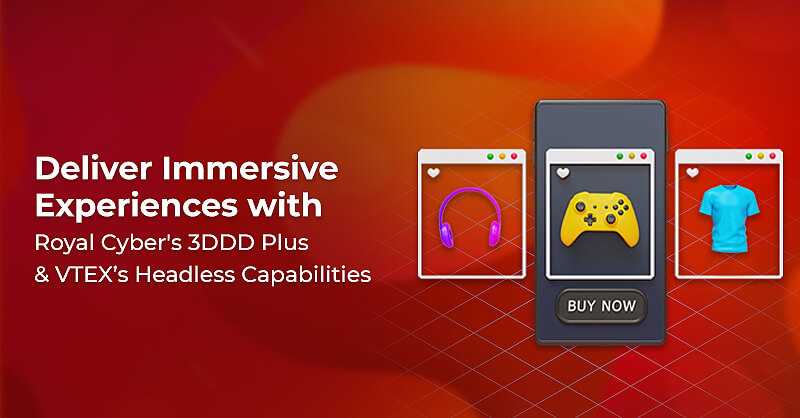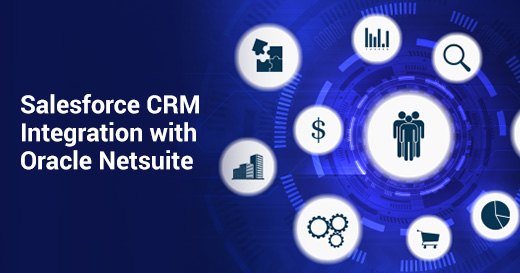Unlocking the Competitive Advantages of GS1 for STIBO Systems
Written by Manpreet Kaur
Content WriterConsumers in all domains seek sophisticated solutions to research and buy products or services of their choice online. Various organizations work together to fulfill the consumer needs of supply and demand chains. These supply chains have turned into networks to connect businesses and consumers. It is essential to have transparent multi-industry standards to ensure these networks run successfully.
The GS1 system of standards allows identification of business products and information communication of these products such that they can be used ubiquitously across all sectors and trading partners. These standards identify, capture, and automate essential information about different products to streamline other business processes. A closer view of these standards helps to understand how they can be of help to the retail industry.
The GS1 standards provide all the information businesses need to interact with each other in the supply chains, this information is mainly related to business processes through which the participants of supply chain work.
Real-world entities such as raw materials, products, parts, and packaging are the subjects of this information. Some other relevant entities include:
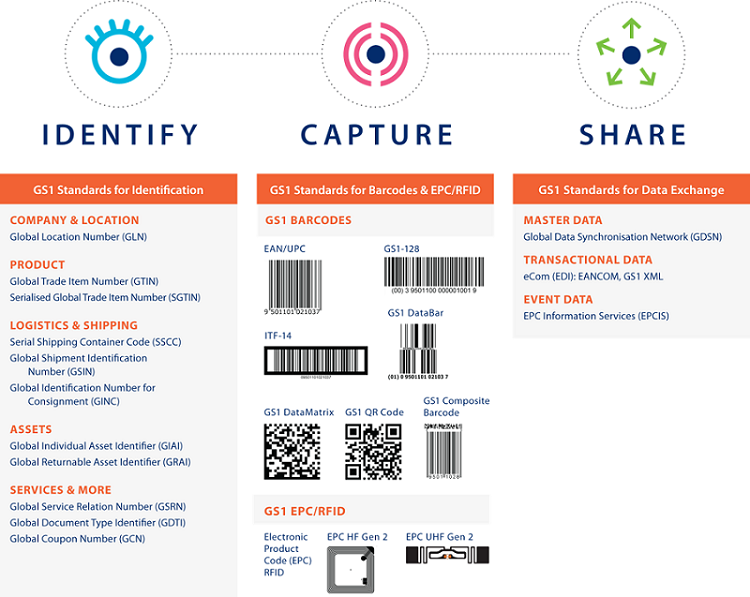
Image source: How GS1 standards work | GS1

Identify
The GS1 identification standards specify unique identification codes known as GS1 identification keys. The information systems use these standards for real-world entities such as trade items, documents, service relationships, and logistics units.
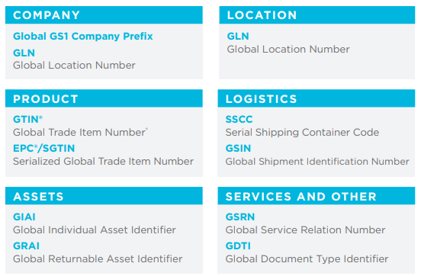
Capture
The GS1 data capture standards offer the medium to automatically capture data transmitted to physical objects, reducing the gap between physical objects and electronic information. These standards contain definitions of bar code and Radio-Frequency Identification (RFID) data carriers that enable GS1 Identification Keys and supplementary data to be coupled with physical objects and standards. Further they define uniform interfaces for hardware and software that connect information carriers to business applications.
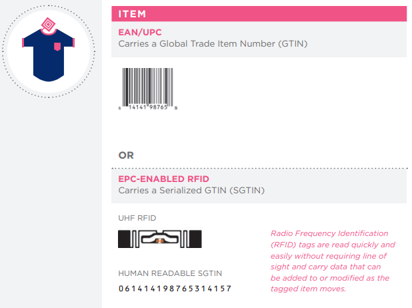
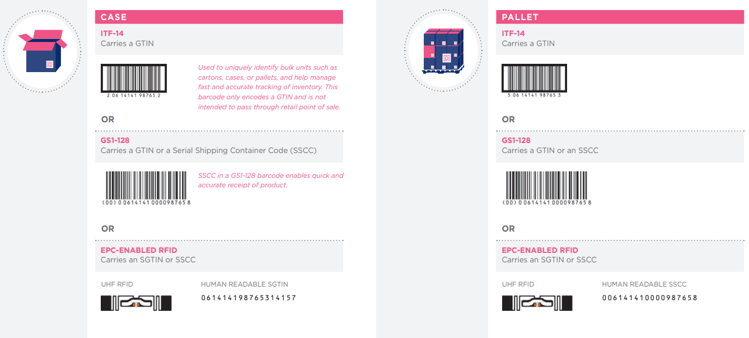
Share
The GS1 standards for information sharing define data standards for all types of data, such as master data, physical event data, business transaction data, and communication standards that govern information sharing. Some other standards include:
- Discovery Standards: The discovery standards help locate where appropriate data exists in a supply chain.
- Trust Standards: The trust standards set the requisites for sharing data with proper safety and security.
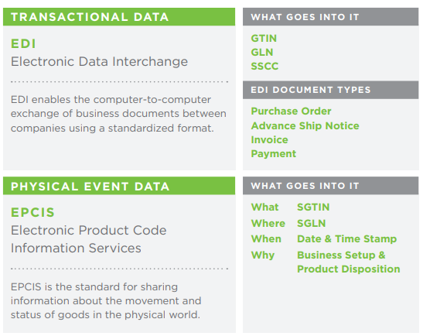

The below diagram represents GS1 standards used in retail sale of consumer goods process:
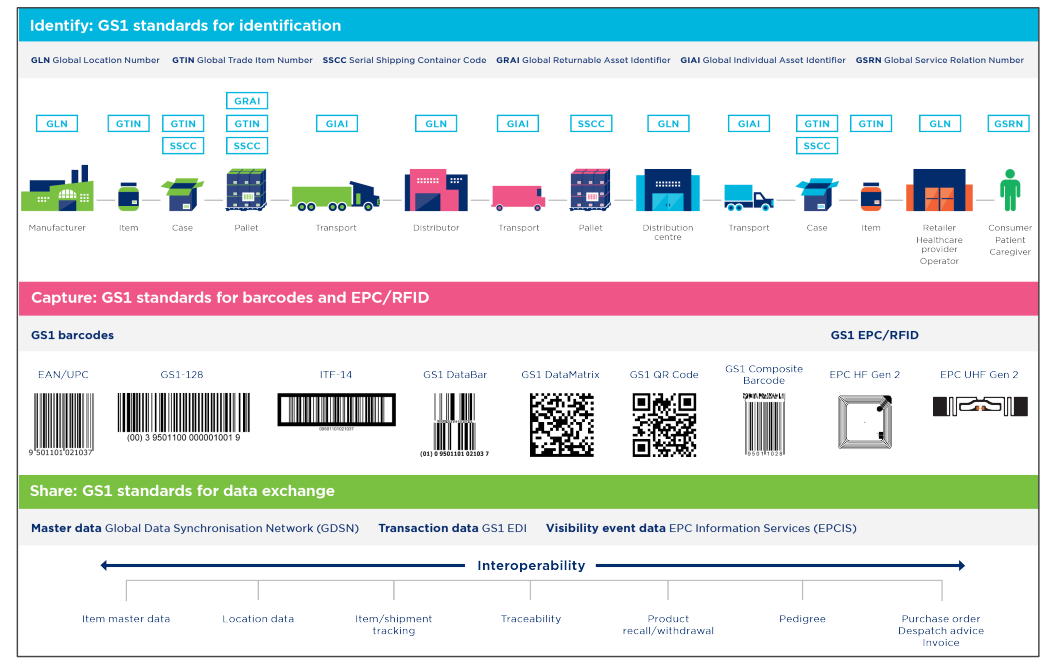
Image source: AG (gs1.org)
Benefits of GS1 Standards
Enhance Efficiency
The GS1 standards increase the efficiency of business processes and save cost through automation depending on distinct identification and digital information.
Encourage Interoperability
The data and information exchange standards facilitate cross-enterprise exchange, thereby delivering interoperability in open supply chains.
Promote Competitive Marketplaces
The GS1 standards provide interfaces between various system components created by multiple vendors allowing the customers to have more preferences and increase competition in the market at reduced costs.
Stimulate Innovation
The GS1 set interfaces encourage the developers to design systems that follow the standard foundation. As a result, the developers are confident about standard implementation and eagerly put effort into innovation.
GS1 Standards for the Retail Industry
The retail industry comes across many challenges in supply chain management owing to the customers' growing needs. The GS1 barcodes work as a medium to provide reliable data to all retailers, irrespective of the business size. Additionally, the GS1 standards allow comprehensive and accurate data sharing and product identification. Some of the main benefits of GS1 standards for the Retail Industry include:
Authentic and verified product information
Effective and resilient supply chain management
Sustainability and traceability
Fulfills regulatory compliance
Enhanced customer experience and loyalty
How GS1 Standards Work
Product Identification
Every product is assigned a bar code which is used to encode the following information using GS1 syntaxes:
- Key identifiers: Product, location, and shipment
- Key Attributes: Dates, serial number, batch number
GS1 uses linear and 2D barcodes to fulfill business requirements, allowing them to identify and track the products as they traverse the supply chain.
Product ID registration and Verification
Register the product on the Verified by GS1, a GS1 registry platform. The product owner submits complete information about the product, which can be verified by the retailers and marketplaces when selling it. Verified by GS1 addresses the following challenges related to the unique product identity:
Same GTINs for different product versions
Multiple GTINs for the same product
Recycled GTINs
GTIN usage without ownership
Create and Share Product Information
The GS1 Global Data Model allows users to enhance the product content to deliver an impeccable shopping experience across all touchpoints. The GS1 Digital Link makes GS1 identifiers a part of the Internet by allowing connections to B2C and B2B customer information.
GS1 GDSN
The GS1 Global Data Synchronization Network is a product data network that shares high-quality product content to ensure the right information is shared amongst all trading partners. To use GS1 GDSN, businesses need to subscribe to a data pool for sending or receiving product information. The data pool facilitates setting up product content and synchronizes it with trading partners, so you can plug in valid data for all markets simultaneously.
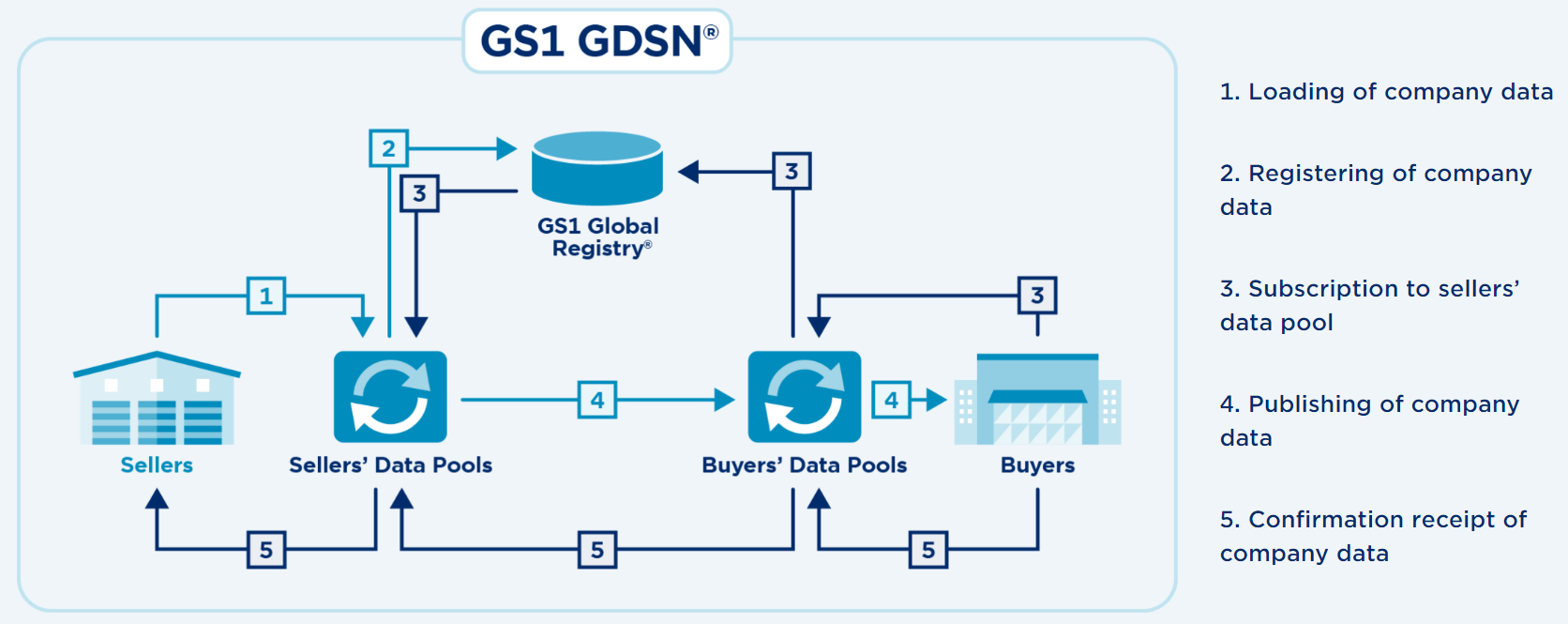
Advantages
- Integrate GDSN data into current systems and processes
- Speed up product information onboarding and time-to-market
- Offer engaging customer and product experiences to drive loyalty and growth
- Flexible and configurable for multiple markets and languages to accelerate rapid expansion
- Automate, validate, transform, and route incoming data to drive quality, accuracy, and compliance
STIBO’s GS1 GDSN Receiver
The GDSN connector allows you to receive GS1-synchronised product content from the suppliers directly in your PIM solution, Product MDM. You need to install the GDSN connector separately.
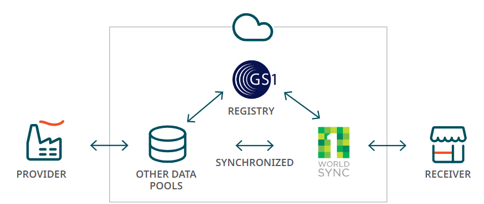
Image source: GDSN Receiver for Product MDM (stibosystems.com)
GS1 standards lay the foundation for building a unique product identity, ensuring an authentic flow of information between retailers and brand owners. STIBO’s GS1 GDSN Receiver allows users to retrieve GS1-synchronized product content from the suppliers directly to the PIM solution, Product MDM. Our certified STIBO experts at Royal Cyber understand GS1 and are well-versed in using the STIBO component – GDSN receiver to fetch data. Get in touch with us to know how we can assist you in leveraging the power of GS1 standards to maintain transparency of operations.

